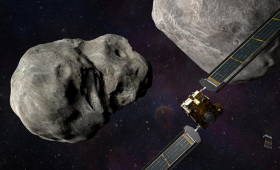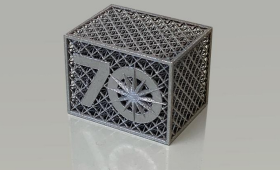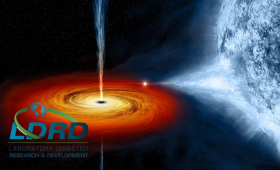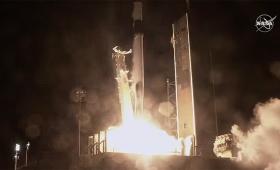A prototype telescope designed and built by LLNL researchers has been launched from Cape Canaveral, Fla., to the International Space Station (ISS).
Science and Technology Highlights

Scientists at LLNL and the Massachusetts Institute of Technology have found that a noted f
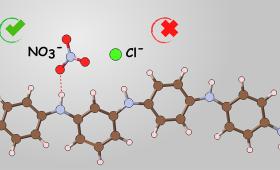
A new study led by the University of Illinois Urbana-Champaign and researchers from LLNL demonstrates an approach for the integrated capture and conversion of nitrate-contaminated waters into valuable ammonia within a single electrochemical cell.
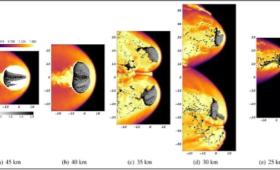
Scientists from the LLNL Planetary Defense program have released details of their research of the 2013 Chelyabinsk meteor.
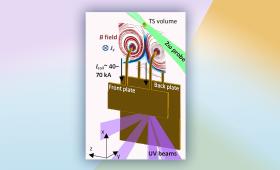
A series of experiments conducted at the Omega Laser, part of the University of Rochester’s Laboratory for Laser Energetics, provide new insights into magnetic reconnection.
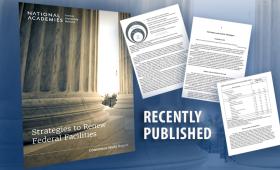
A 170-page book featuring LLNL was recently published by the National Academies of Science, Engineering and Medicine, titled “Strategies to Renew Federal Facilities.”
